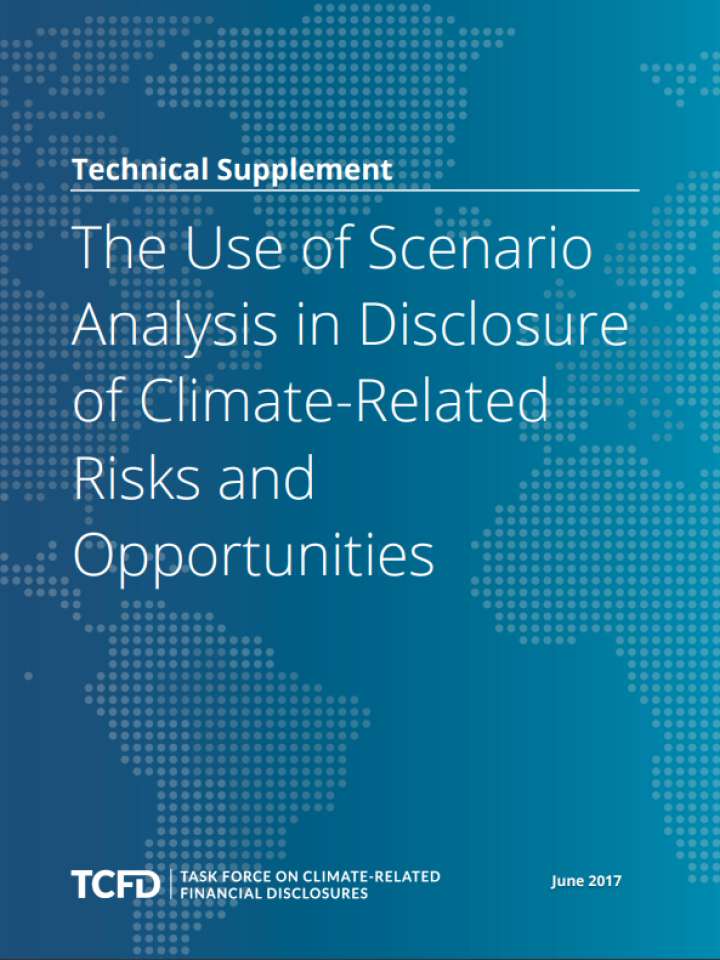The use of scenario analysis in disclosure of climate-related risks and opportunities
Scenario analysis is a well-established method for developing input to strategic plans in order to enhance plan flexibility or resiliency to a range of future states. The use of scenario analysis for assessing climate-related risks and opportunities and their potential business implications, however, is relatively recent. Given the importance of forward-looking assessments of climaterelated risk, the Task Force on Climate-related Financial Disclosures (TCFD or Task Force) believes that scenario analysis is an important and useful tool for an organization to use, both for understanding strategic implications of climate-related risks and opportunities and for informing stakeholders about how the organization is positioning itself in light of these risks and opportunities. It also can provide useful forward-looking information to investors, lenders, and insurance underwriters.
To assist organizations in using climate-related scenario analysis in supporting the development of disclosures consistent with the Recommendations of the Task Force on Climate-related Financial Disclosures, this technical supplement sets out and discusses:
- Using scenario analysis
- Considerations for applying scenario analysis
- Analytical choices involved in scenario analysis
- Types of climate-related scenarios
- Publicly available climate-related scenarios from the International Energy Agency (IEA), the Intergovernmental Panel on Climate Change (IPCC), and others that can provide context and a basis for company, industry or sector scenarios
Given both the current limited use of scenario analysis for climate-related risks and opportunities and the challenges involved in implementing a rigorous climate-related scenario analysis process, it is important that organizations begin to use scenario analysis and develop supporting capabilities, with the expectation that their capabilities will improve over time.
Explore further
